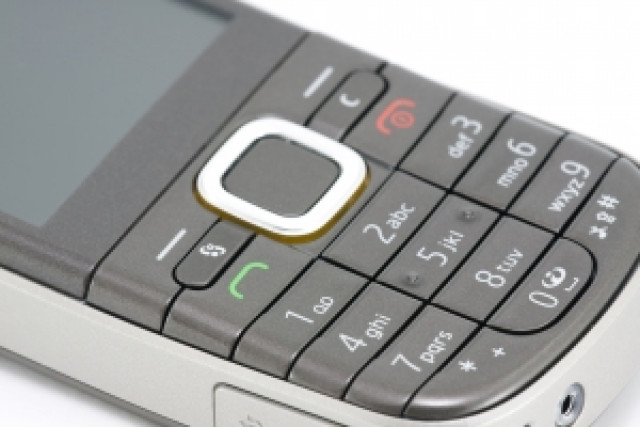Unlikely hotspots for germs
This is why washing your hands is one of your best defences

STOCK IMAGE
Car dashboard

Researchers found that globally the average vehicle was home to 285 types of bacteria. Before the study, Ashton University microbiologist Anthony Hilton thought steering wheels would dock the most germs, but was surprised to find 356 germs per square inch on stick shifts and dashboards. Clean these spaces frequently, along with door handles. When bacteria carrying air gets sucked in through the vents, it’s often drawn to the dashboard, where it can deposit the germs. Because the dashboard receives the most sun and tends to stay warm, it’s recipe for bacteria growth. Regularly swipe the inside of your car with disinfecting wipes to avoid uncalled for allergies and flu.
Soap dispensers

About 25 per cent of restroom dispensers are contaminated by fecal bacteria. Soap that harbours bacteria may sound ironic, but that’s exactly what research found. “Most of these containers are never cleaned, so bacteria grow as the soap scum builds up,” says Charles Gerba, PhD, professor of environmental biology. “They are touched by dirty hands, so there’s a continuous culture going on feeding millions of bacteria.” Be sure to clean these out at home and if you’re out, scrub hands thoroughly for 15 to 20 seconds with plenty of hot water.
Condiment bottles

Condiments resting on the tabletop and the masala containers in your pantry are filthier than you think. It’s a reality that many people don’t wash their hands before eating, explains microbiologist Kelly Reynolds, PhD, an associate professor of community environment and policy at the University of Arizona College of Public Health. So while you may be careful about cleaning up behind yourself, a guest who poured the ketchup before you or someone cooking in the kitchen may have grabbed the lal mirch canister, might not have been, which means his germs are now on your food. Make it a habit of squirting hand sanitizer on the outside of the bottle when you’re out and disinfect at home at least twice a week.
Cell phone

All of us recklessly drop our phones frequently and place them on tables at work without realising how sick a bacteria-packed phone can make you. Several studies on cell phones and PDAs found that they carry a bunch of germs and bacteria, including staph (which can cause irritable skin infections), pseudomonas (eye infections), and salmonella (stomach ailments). Many electronic devices are sheathed in leather, metal or vinyl cases, which provide plenty of creases and crevices for germs to slip into. Make it a point to disinfect your best buddy a few times a week, and be conscious of where you rest your phone and iPad.
Bottom of your bag

Your next designer handbag purchase may end up costing you more than the price marked. A study conducted by British company Initial Washroom Hygiene Solutions found that purses and bag-packs contain more bacteria than the average toilet flush. The handles in particular were covered with potentially harmful bacteria, the study found. You come home after your bag has been on a desk or the bathroom sink at work, on the floor and who knows where else — the kitchen counter, too is a popular choice for ladies. Research has proved that bacteria like E. coli cling to the bottom of 18 per cent of bags. Keep bags off the floor and whatever you do, don’t set a bag on any surface where food is made or eaten.
Buttons

Buttons are everywhere, from elevators to the AC remote and water cooler in your office, and they’re all germy. Researchers at the University of Arizona found that each key on an ATM is home to an average of 1,200 germs, including flu viruses and E. coli. In elevators, first floor buttons are the most contaminated because they’re used the most. You can steer clear of many of these harmful germs that linger on buttons by punching them with your knuckle, since you don’t usually wipe your eye or touch your mouth with your knuckles so the bacteria isn’t likely to transfer.
Published in The Express Tribune, March 9th, 2015.
Like Life & Style on Facebook, follow @ETLifeandStyle on Twitter for the latest in fashion, gossip and entertainment.



















COMMENTS
Comments are moderated and generally will be posted if they are on-topic and not abusive.
For more information, please see our Comments FAQ